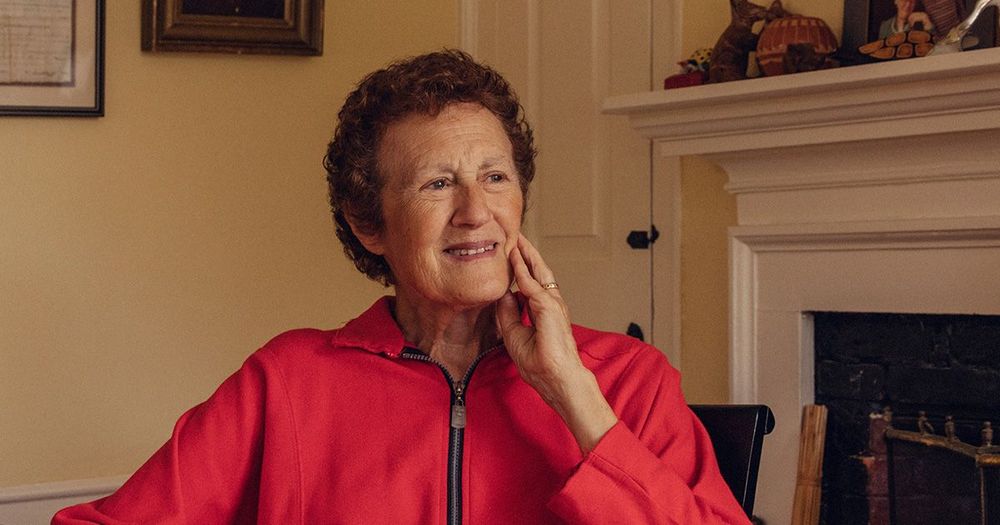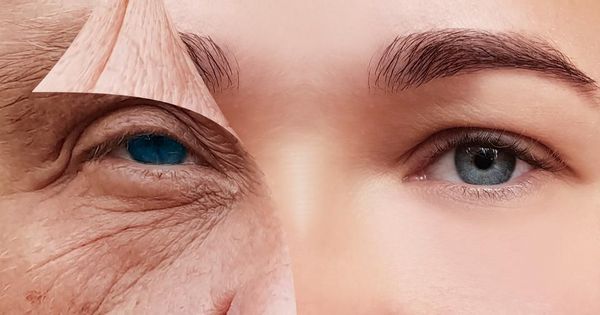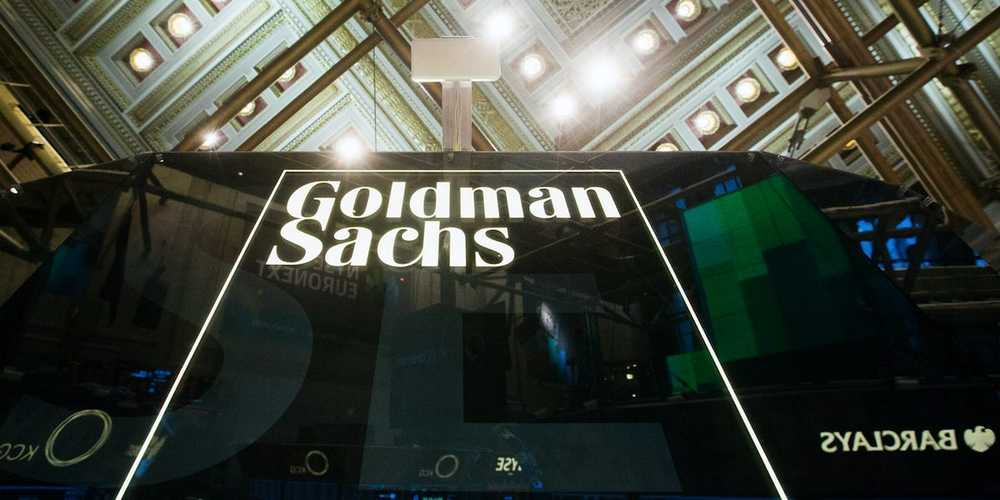Barbara Liskov pioneered the modern approach to writing code. She warns that the challenges facing computer science today can’t be overcome with good design alone.


Maybe interesting for this group too.
Visit http://TED.com to get our entire library of TED Talks, transcripts, translations, personalized Talk recommendations and more.
The danger of artificial intelligence isn’t that it’s going to rebel against us, but that it’s going to do exactly what we ask it to do, says AI researcher Janelle Shane. Sharing the weird, sometimes alarming antics of AI algorithms as they try to solve human problems — like creating new ice cream flavors or recognizing cars on the road — Shane shows why AI doesn’t yet measure up to real brains.
The TED Talks channel features the best talks and performances from the TED Conference, where the world’s leading thinkers and doers give the talk of their lives in 18 minutes (or less). Look for talks on Technology, Entertainment and Design — plus science, business, global issues, the arts and more. You’re welcome to link to or embed these videos, forward them to others and share these ideas with people you know. For more information on using TED for commercial purposes (e.g. employee learning, in a film or online course), submit a Media Request here: http://media-requests.TED.com
Follow TED on Twitter: http://twitter.com/TEDTalks
Like TED on Facebook: http://facebook.com/TED
Most humans can learn how to complete a given task by observing another person perform it just once. Robots that are programmed to learn by imitating humans, however, typically need to be trained on a series of human demonstrations before they can effectively reproduce the desired behavior.
Researchers were recently able to teach robots to execute new tasks by having them observe a single human demonstration, using meta-learning approaches. However, these learning techniques typically require real-world data that can be expensive and difficult to collect.
To overcome this challenge, a team of researchers at Imperial College London has developed a new approach that enables one-shot imitation learning in robots without the need for real-world human demonstrations. Their approach, presented in a paper pre-published on arXiv, uses algorithms known as task-embedded control networks (TecNets), which allow artificial agents to learn how to complete tasks from a single or multiple demonstrations, as well as artificially generated training data.

Artificial intelligence can be used to predict molecular wave functions and the electronic properties of molecules. This innovative AI method developed by a team of researchers at the University of Warwick, the Technical University of Berlin and the University of Luxembourg, could be used to speed-up the design of drug molecules or new materials.
Artificial intelligence and machine learning algorithms are routinely used to predict our purchasing behavior and to recognize our faces or handwriting. In scientific research, Artificial Intelligence is establishing itself as a crucial tool for scientific discovery.
In chemistry, AI has become instrumental in predicting the outcomes of experiments or simulations of quantum systems. To achieve this, AI needs to be able to systematically incorporate the fundamental laws of physics.
A pair of mathematicians from Australia and France have devised an alternative way to multiply numbers together, while solving an algorithmic puzzle that has perplexed some of the greatest math minds for almost half a century.
For most of us, the way we multiply relatively small numbers is by remembering our times tables – an incredibly handy aid first pioneered by the Babylonians some 4,000 years ago.
But what if the numbers get bigger? Well, if the figures get unwieldy – and assuming we don’t have a calculator or computer, of course – most of us would then turn to long multiplication: another useful trick we learn in school, and a trusty technique for multiplying basically any two numbers together.

What is needed as a cocktail is the Gerevivify Algorithms Serum Elixir. An Elixir that enters the body that then goes into battle fighting the infection that is aging. I search for strong-minded partners and investors to join me in the growth and development of the specially grown 13 ingredients that make up the powerful serum. Respect r.p.berry & AEWR https://gerevivify.blogspot.com/
“Fahy’s fascination with the thymus goes back to 1986, when he read a study in which scientists transplanted growth-hormone-secreting cells into rats, apparently rejuvenating their immune systems,” Nature reported. “He was surprised that no one seemed to have followed up on the result with a clinical trial. A decade later, at age 46, he treated himself for a month with growth hormone and DHEA, and found some regeneration of his own thymus.”
The thymus is located in the chest between the lungs and the breastbone and is crucial for efficient immune function. “White blood cells are produced in bone marrow and then mature inside the thymus, where they become specialized T-cells that help the body to fight infections and cancers,” Nature reported. “But the gland starts to shrink after puberty and increasingly becomes clogged with fat. Evidence from animal and some human studies shows that growth hormone stimulates regeneration of the thymus. But this hormone can also promote diabetes, so the trial included two widely used anti-diabetic drugs, dehydroepiandrosterone (DHEA) and metformin, in the treatment cocktail.”
The TRIIM trial showed regenerated thymus tissue had replaced accumulated fat in seven of the nine participants. Horvath was charged with analyzing the effect of the drugs on the participants’ epigenetic clocks after the trial was finished.


OpenAI’s text generator, machine learning-powered—so powerful that it was thought too dangerous to release to the public, has, guess what, been released.
OpenAI published a blog post announcing its decision to release the algorithm in full as it has “seen no strong evidence of misuse so far.”
Well, that was a turnaround.

If Goldman Sachs’ new tool launches through Marcus, a human-digital hybrid approach would be a wise choice.
Goldman Sachs created a market-ready robo advisor and is mulling how to launch it, Financial Planning reports. The automated platform will represent Goldman’s digital entry into the smaller investor market, per Rachel Schnoll — who recently became the head of Goldman’s FinLife CX RIA platform — as cited by Financial Planning. The new robo advisor may be built in part on algorithms that Goldman acquired from financial life management firm United Capital, when it acquired the company for $750 million in May.
The new robo advisor could be introduced to the market via Goldman’s Marcus segment — here’s why it would be a good match. Goldman could extend a portion of the personal touch it brings to its Private Wealth Management clients to Marcus clients by offering them financial advice via the new robo advisor.
This could help elevate the bank’s play to target more retail banking customers, and could make up for the fact that the high interest rate Marcus boasts slipped from 2.25% to 1.9% since July. But Marcus isn’t the only potential route to market: Goldman is also considering launching its robo tech to financial advisors on the United Capital platform, per Schnoll.

Have you ever laid wide-awake in the late hours of the night wondering what your life would look like if you took that other job, moved countries, or ended up with someone else? While there’s no definite answer — and probably never will be — the idea that there’s multiple versions of you, living in various universes, isn’t as make-believe as you might think.
According to Sean Carroll, a theoretical physicist at the California Institute of Technology and author of Something Deeply Hidden: Quantum Worlds and the Emergence of Spacetime, the increasingly popular theory of Many Worlds Interpretation suggests every fundamental event has multiple possible outcomes and splits the world into alternate realities.
This mind-bending idea originally came from Hugh Everett, a graduate student who wrote just one paper in the 1950s. Everett’s theory describes the universe as a “changing set of numbers, known as the wave function, that evolves according to a single equation.” According to Many Worlds, the universe continually splits into new branches, to produce multiple versions of ourselves. Carroll argues that, so far, this interpretation is the simplest possible explanation of quantum mechanics.